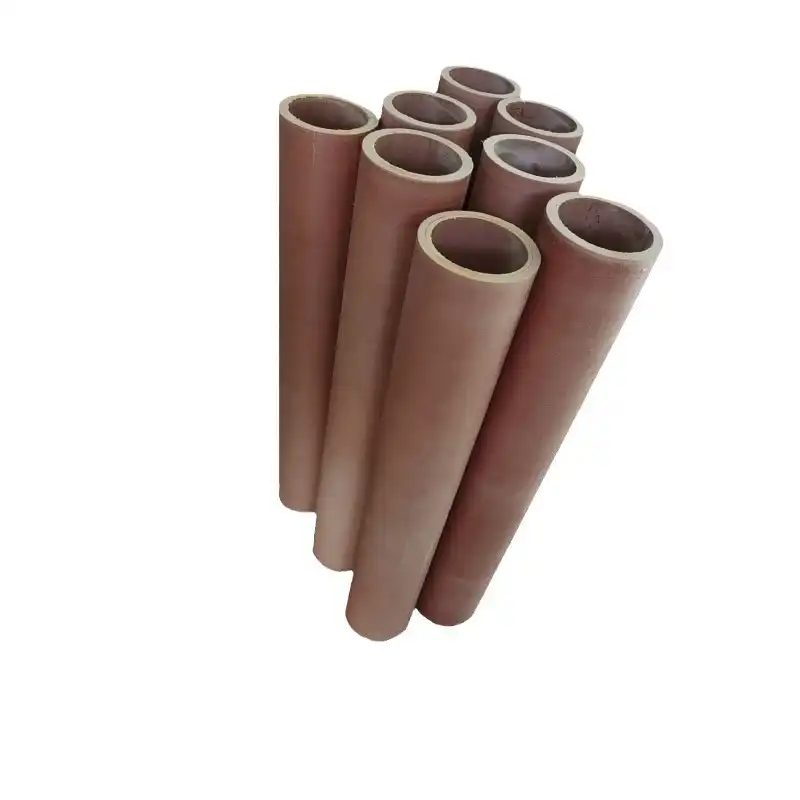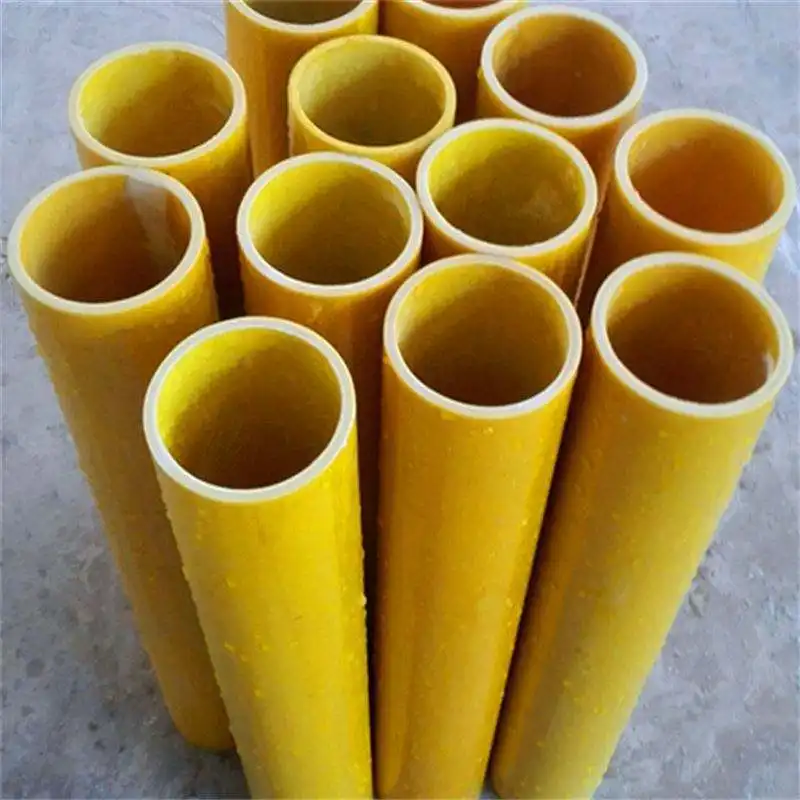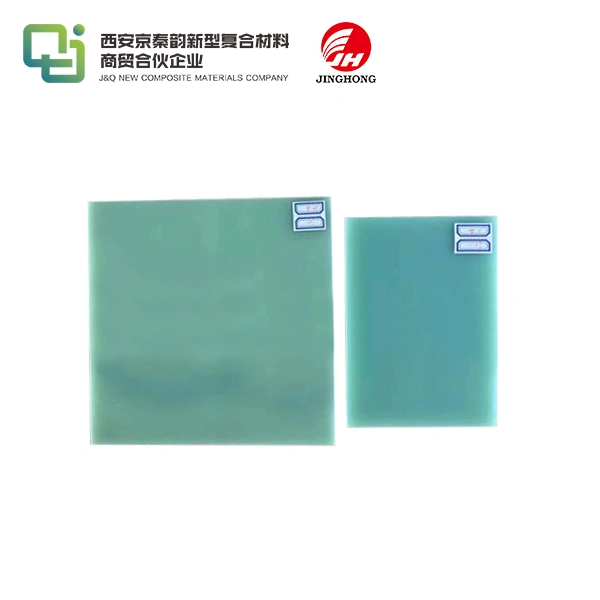What is the difference between clear cast resin and epoxy resin?
2024-09-13 16:14:21
Resins expect a critical part in the improvement of things that are persevering, connecting with, and flexible in the collecting and making adventures. Two remarkable sorts of saps once in a while come up in conversations: clear cast resin and clear epoxy resin. These materials have specific properties and applications, no matter what the way that they could appear to be tantamount all along. In this comprehensive companion, we will discuss the differences between clear epoxy resin and clear cast resin, assisting you in making informed decisions regarding your endeavors.
Understanding Clear Cast Resin
Composition and Properties
Clear cast resin, also known as polyester resin, is a synthetic material derived from polyester compounds. It's renowned for its exceptional clarity and ability to capture intricate details. This resin type cures through a chemical reaction initiated by adding a catalyst, typically methyl ethyl ketone peroxide (MEKP). The resulting material is hard, durable, and resistant to yellowing over time.
Applications of Clear Cast Resin
Clear cast resin is utilized in numerous creative endeavors and business operations. It is especially popular in gem making because of its crystal-clear appearance, which resembles stunning flowers, bugs, or other enhancing components. Clear cast resin is also frequently used in ornaments, paperweights, coasters, and other decorative items. Its ability to catch and shield delicate articles seeks after it a go-to choose for making novel, tweaked recognitions.
Advantages and Limitations
One of the primary advantages of clear cast resin is its exceptional clarity, which remains stable over time. It's also relatively inexpensive compared to other resin types, making it accessible for hobbyists and small-scale producers. However, clear cast resin has some limitations. It can be more brittle than clear epoxy resin and may not be suitable for projects requiring high impact resistance. Additionally, the curing process of clear cast resin can be more sensitive to temperature and humidity fluctuations, potentially affecting the final result.
Exploring Epoxy Resin
Chemical Structure and Characteristics
Epoxy resin is a thermosetting polymer composed of epoxide groups. It's typically sold as a two-part system consisting of a resin and a hardener. When these components are mixed, they undergo a chemical reaction called curing, resulting in a hard, durable material. Clear epoxy resin is known for its excellent adhesive properties, high strength, and resistance to chemicals and environmental factors.
Versatility in Applications
The versatility of clear epoxy resin makes it a popular choice across various industries. In construction, it's used for flooring, countertops, and as a protective coating for concrete surfaces. Artists and crafters appreciate epoxy resin for creating river tables, resin art pieces, and jewelry. Its superior bonding capabilities make it ideal for repairing and reinforcing structures in automotive and marine applications. Moreover, epoxy resin is extensively used in the electronics industry for encapsulating and protecting sensitive components.
Strengths and Considerations
Epoxy resin boasts several advantages over clear cast resin. It offers superior strength, flexibility, and impact resistance, making it suitable for a wider range of applications. Clear epoxy resin also tends to be more forgiving during the mixing and curing process, with less sensitivity to environmental conditions. However, it's generally more expensive than clear cast resin and may require more specialized handling and safety precautions during use.

Comparing Clear Cast Resin and Epoxy Resin
Clarity and Aesthetics
When it comes to visual appeal, both clear cast resin and clear epoxy resin can produce stunning results. Clear cast resin often has a slight advantage in terms of initial clarity, exhibiting a glass-like transparency that's hard to match. Epoxy resin, while also capable of achieving high clarity, may have a slight yellow tint, especially in thicker pours. However, modern epoxy formulations have significantly improved in this aspect, narrowing the gap between the two materials.
Durability and Longevity
Epoxy resin generally outperforms clear cast resin when it comes to durability. Epoxy resin's prevalent effect opposition and adaptability make it less inclined to breaking or chipping under pressure. It additionally shows better protection from UV radiation, which forestalls yellowing after some time. Despite its inherent durability, clear cast resin is more susceptible to UV-induced yellowing and may become brittle over time. In any case, the two materials can be planned with UV stabilizers to upgrade their drawn-out presentation.
Ease of Use and Working Properties
Clear cast resin and epoxy resin vary altogether in their functioning properties, impacting their reasonableness for different activities. Clear cast resin typically has a shorter working time and faster cure time, which can be helpful for projects that need to be finished quickly but can be a problem for larger or more complicated pours. Clear epoxy resin, on the other hand, frequently provides a longer working time, making it possible to pour deeper and create more intricate designs. In addition, epoxy resin generally produces less intensity during restoration, lowering the risk of breaking in thick applications and overheating.
Conclusion
With everything considered, the choice between clear cast resin and clear epoxy resin depends upon the specific requirements of your assignment. Clear cast resin is successful in applications requiring crystal-clear clarity, such as gems and small improvements. Epoxy resin is oftentimes picked for bigger activities, utilitarian things, and applications requiring high solidness because of its unrivaled strength and adaptability. You will actually want to pursue all around informed decisions and accomplish ideal outcomes in your assembling or making attempts assuming you know about the unmistakable properties and attributes of each kind of resin.
At J&Q, we specialize in providing high-quality insulating materials, including various resin products, to meet the diverse needs of our global customers. With over 20 years of experience in production and 10 years in international trade, we're committed to delivering exceptional products and services. For more information about our range of insulating sheets and resin products, please don't hesitate to contact us at info@jhd-material.com. Our team of experts is ready to assist you in finding the perfect solution for your specific requirements.
References
1. Smith, J. (2021). "The Complete Guide to Resin Types in Manufacturing." Industrial Materials Quarterly, 45(2), 78-95.
2. Johnson, A., & Lee, S. (2020). "Comparative Analysis of Clear Cast and Epoxy Resins in Artistic Applications." Journal of Contemporary Crafts, 18(3), 210-225.
3. Garcia, M. et al. (2022). "Advancements in UV-Resistant Resin Formulations." Polymer Science and Technology, 33(1), 45-62.
4. Thompson, R. (2019). "Resin Selection for Industrial Applications: A Comprehensive Review." Materials Engineering Digest, 27(4), 302-318.
5. Zhang, L., & Williams, K. (2023). "Environmental Impact Assessment of Resin Production and Usage." Sustainable Materials Research, 12(2), 156-171.
6. Brown, H. (2021). "Innovations in Resin Technology for Electronics Encapsulation." Journal of Electronic Materials, 50(3), 389-405.







